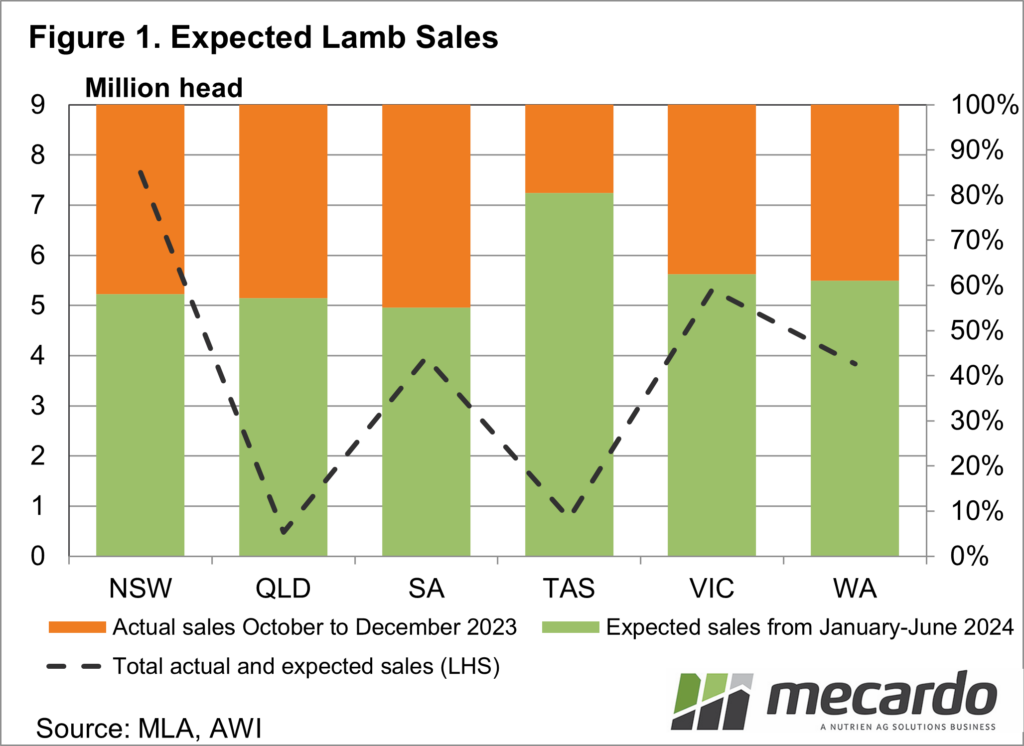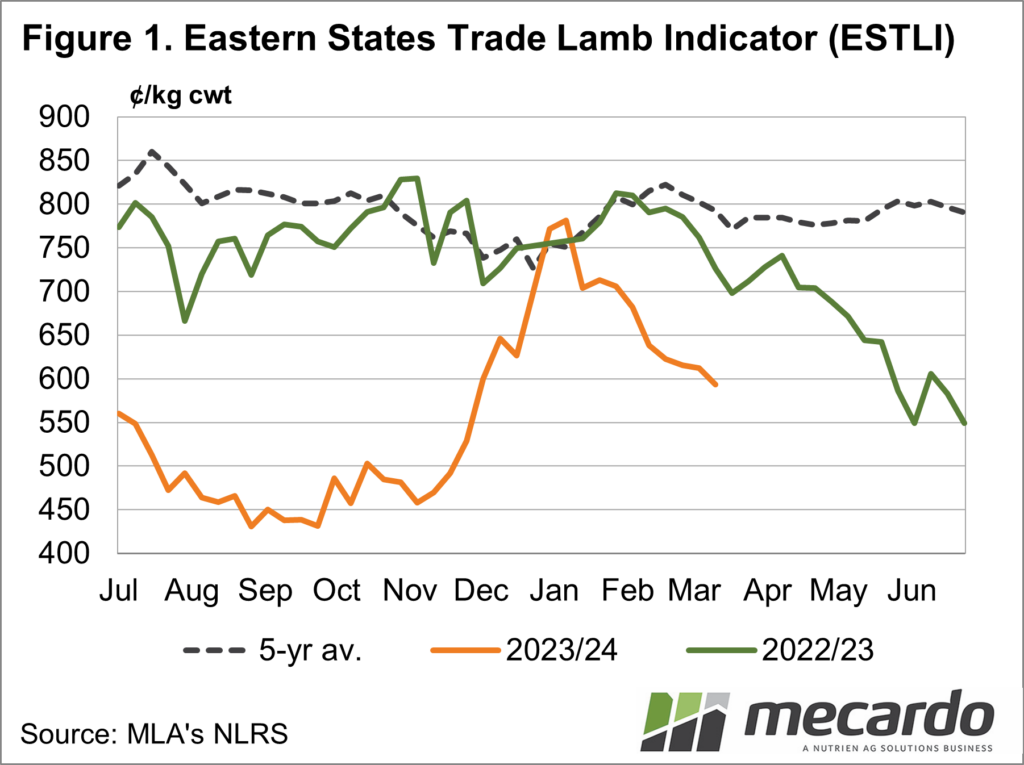Livestock sectors across the board were impacted by the volatile market conditions and unpredicted weather conditions at the back end of 2023. The sheep industry likely felt this more than most, as producers can react faster to conditions, and their market saw a historically extreme fall and recovery.
Just last month we had a
look at the MLA/AWI October 2023 Sheep Producers Intentions Survey and what it
meant for potential lamb throughput (read here). Now the
February PULSE version has been released – a less comprehensive survey designed
to provide an update on the figures given in October.
Unsurprisingly, plenty
of producers made different decisions than they indicated prior to the October
report. Two in every three, or 40%, of producers surveyed reported selling less
lambs than they had planned to for three main reasons. Prices were lower than
expected, forecast prices for 2024 impacted their retention decisions, and
weather conditions affected target lamb weights. The survey shows that this
means nearly 2.2 million less lambs were sold in 2023 than planned – but most
of these would be sold this year.
In October, the survey
showed sales of 10.66 million lambs through spring to the end of 2023. The
latest updates scaled this back to 8.47 million, with declines on predicted
sheep sales by producers in every state. For the 64% of the producers who sold
less lambs, the reason they sold less lambs were “prices were not strong enough
at the time”. On the other hand, of the 14% of producers who actually sold more
lambs through the last quarter of last year than they had predicted, 37% turned
them off sooner because of the forecast weather conditions.
Let us keep in mind that
despite the number of planned lambs being sold was less, slaughter was still at
record highs in the second half of last year, with 13.2 million lambs
slaughtered from July-December 2023 according to ABS, a lift of 16% on the same
period the previous year. Looking ahead, close to half of producers in the
survey expect to sell more lambs in the first half of 2024 than they had
predicted in October. This lifts the forecast of January to June lamb sales
from 10.36 million to 12.8 million – which is close to 500,000 more lambs than
the 2.2 million surveyors said they didn’t sell as planned last year.
What does it mean?
It would seem there is plenty of steam left in the tank when it comes to lamb supply. While the actual sales for last year in this survey only encompass three months, and the predicted for this year six months (see Figure 1), the timing of those months is to be considered (October through December the traditional new season lamb high throughput period).
The driver for lambs being held over is still in play (lower pricing) with the ESTLI headed in the wrong direction for producers for much of this year. While many received a wetter-than-anticipated summer, we are still a month away from understanding how the autumn break will pan out. Producers holding off from selling could help rally prices, however, lambs do have an expiration date, and most will have to be sold before it.
Have any questions or comments?
Key Points
- The latest sheep sector survey shows more lambs kept in the paddock last year, as two in three producers sold fewer lambs than they expected.
- Falling prices deterred producers from selling, with 2.2 million fewer lambs hitting the market than they had planned.
- Those lambs that were left are going to come at some point, with planned sales up 20% for January-June 2024.
Click on figure to expand
Click on figure to expand
Data sources: MLA, Mecardo














